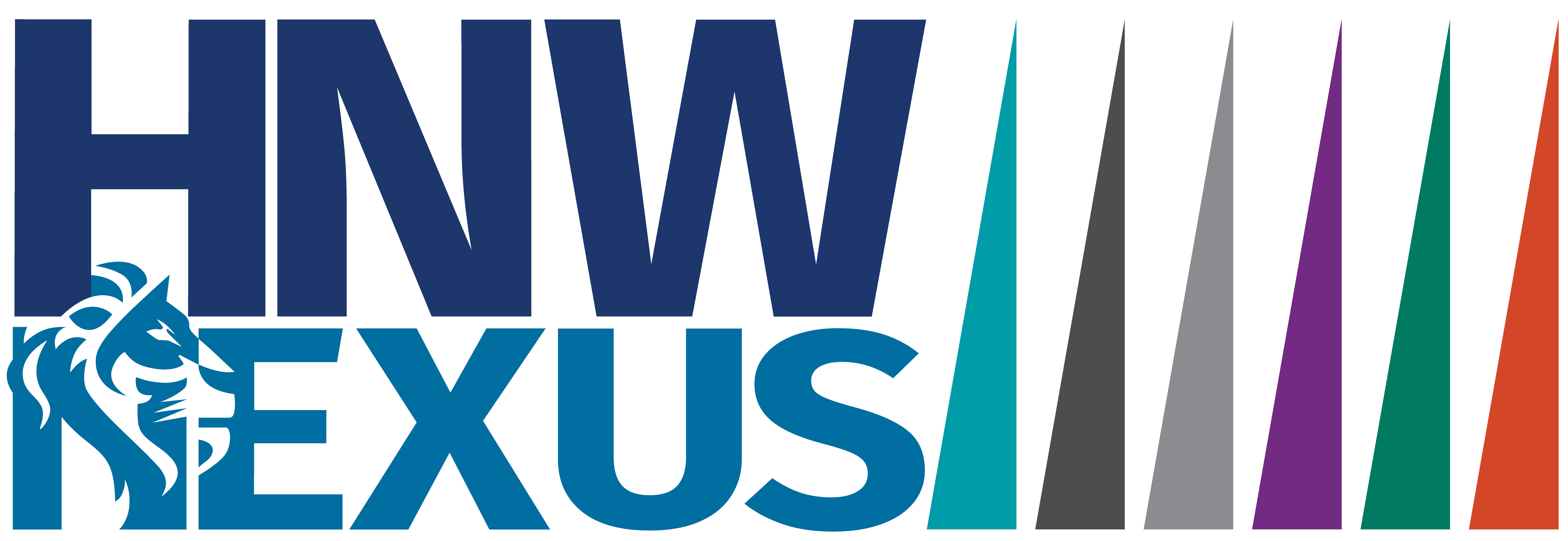
The February 2023 company reporting period concluded last week, revealing the financial accounts for the six months ending 31st December 2022. Overall, this was a very mixed reporting season with a greater degree of dispersion than we have seen over the past few years. February showed record profits for several companies while shrinking profit margins, dividend cuts and pessimistic outlooks for others. This was reflected on the scoreboard with the share prices of ASX 200 companies ranging from +25% (GUD) to -33% (Dominos Pizza). This variation in share prices typically occurs every year in February after financial results are reported and contrasts with January and December, where share prices tend to move together, influenced by global macroeconomic events rather than actual corporate profits. The ASX 200 declined by -2.5% in February, mirroring the decline in global markets on fears of falling corporate profits and further rate hikes.
In this piece, we look at the key themes from reporting season that finished last week, along with the best and worst results from the season.
Mixed Outcomes
Going into the February reporting season, the market was concerned about the impact of higher interest rates and a slowing economy and swung from pessimism in December to an optimistic view that everything would be alright in January. Reporting season showed that both statements were correct; some companies reported excellent results and record profits, showing the resilience of their business models, whereas others cut dividends and provided murky outlooks. Varying corporate profitability reminds investors that when building a portfolio, you are not buying a country or general equities; but rather a share in a collection of businesses that are not impacted by economic events in the same fashion.
While rising interest rates are very negative for highly indebted companies with minimal pricing power, rising rates benefit insurance companies earning investment returns on their insurance float or banks repricing their loan book. Similarly, companies where labour is a high component of the production costs, such as Coles and Woolworths, saw profit margin pressure. In contrast, other companies like Woodside saw minimal impact from rising wages due to the low component labour plays in extracting natural gas from offshore fields.
Higher Costs and Inflation
In February, questions around cost control and the impact of inflation dominated the analyst calls with management. The miners all reported weaker headline results courtesy of the twin issues of falling commodity prices and higher costs. BHP and RIO discussed record diesel prices, high ammonia nitrate prices (explosives), and labour shortages, pointing to higher costs in 2023. Dominos Pizza’s share price was under pressure after reporting falling orders in response to raising prices for pizzas and adding a 7% delivery fee.
However, inflation did not impact all companies uniformly in the February reporting season. Packaging company Amcor increased profits and maintained margins after successfully passing on US$1 billion in extra costs to customers from increased resin, plastic films and aluminium prices. Inflation is not much of an issue for toll road owner Transurban. With the bulk of the company’s tolls automatically increasing with inflation with a few strokes of a keyboard and the company’s debt primarily fixed for the next seven years, rising inflation results in higher profits over the short to medium term.
Woodside saw sharply expanding profit margins in February, with profits up 223%, benefiting from stable production costs (US$8.10 per barrel of oil), highly profitable assets acquired from BHP and rising revenues. A feature of offshore LNG plants is the eye-watering upfront construction costs in the billions but a low ongoing marginal cost of production requiring minimal inputs and labour, giving the company an 85% cash profit margin.
Show me some money, but less than before
One of the starkest themes of reporting season was declining dividends, with the average ASX 200 company reducing dividends by -7%, though as with earnings, the story was mixed with some companies delivering record dividends to their shareholders. The major miners (BHP, RIO and Fortescue) cut their dividends significantly by between 13% and 50% due to falling commodity prices, uncertain outlook, higher future capex and upcoming takeovers. Conversely, February 2023 saw significant dividend increases from Woodside, Newcrest, Commonwealth Bank, Ampol and Whitehaven Coal. However, some Whitehaven investors were disappointed with the +245% increase in the coal company’s dividend, citing the low 36% payout ratio. Whitehaven’s directors were clearly keen to retain capital after a precipitous fall in the thermal coal price over the past six months. Additionally, coal companies are unwilling to take on bank debt due to concerns that this funding source could be removed in the future.
Unlike the last two reporting seasons, shareholders were not showered with new share buybacks, with only Commonwealth Bank, Qantas, Aristocrat and Amcor announcing significant buybacks.
What lies ahead?
When economies are going through transition periods like what we are currently experiencing, moving from near-zero interest rates and no inflation to rising interest rates, the financial statements from a reporting season can provide a misleading picture of future company profits and dividends. While some companies can pass on rising costs and maintain profit margins, others will see sharp falls in earnings and nervous calls from their bankers. The February 2023 reporting season detailed company profits for the last six months of 2022, which saw both low unemployment and the RBA raise rates from 0.85% to 3.1% in December (currently 3.6%). Due to the rather blunt nature of monetary policy, the full impact of this rate-tightening cycle has yet to be seen on the Australian economy. Retail sales were surprisingly strong, with JB Hi-Fi reporting +9% sales growth over the half, with sales increasing in January 2023. Similarly, Wesfarmers saw 17% sales growth at Kmart, perhaps capturing more price-conscious consumers, and AP Eagers showed continuing demand for new cars.
Best and Worst
Over the month, the best results were delivered by Woodside, Ampol, QBE, Medibank Private, , AP Eagers and Flight Centre. The key themes were either very strong profit growth from businesses firing on all cylinders from the first three or companies that outperformed low market expectations in the case of the final three.
Looking at the negative side of the ledger, Downer, Star Entertainment, AMP, Aurizon, and Dominos Pizzafell over the month after reporting earnings below market expectations. The common theme among these was companies having difficulties passing through rising consumer costs. However, in the case of Downer and Star Entertainment, these issues were increased by accounting irregularities and regulatory issues, respectively.
Result of the Season
The most impressive result from the February reporting season came from long-term cellar dweller QBE Insurance. Over the past decade, QBE has provided many surprises on results day, mostly unpleasant, as successive management teams have struggled to manage a very diverse book of global insurance, acquired in an acquisition spree in the first decade of this century.
These acquisitions frequently surprised the market with large losses due to mispriced risk in businesses such as Argentinian worker’s compensation, a business line that even close observers of the company were unaware the company had significant exposure to. Over the past few years, the company has consistently divested the problematic parts of the QBE empire.
In February, QBE delivered a clean result with profit up +5.2% to US$847 million, with all segments (Americas, Europe and Asia Pac) benefiting from higher premiums, disciplined underwriting and rising interest rates. Typically with QBE, investors don’t see all three factors simultaneously offering a positive contribution. Conditions are building for a strong 2023 month for the global insurer, as the current tailwinds are likely to persist, particularly higher interest rates.
Our Take
Overall, we were reasonably pleased with the results from this reporting season for the HNW Portfolios. In general, the companies that we own reported improving profits, and indeed, for several companies in the portfolio, February 2023 saw record profits, dividends and new share buyback plans.
As long-term investors focused on delivering income to investors, we look closely at the dividends paid by the companies we own and, in particular, whether they are growing. After every reporting season, we looks to “weigh” the dividends that our investors will receive from company profits. While share prices move every second between the hours of 10 am and 4 pm, dictated by changing market emotions, ultimately, the sole reason for buying a share is to access a share of that company’s profits paid in the form of dividends.
Our view is that talk and guidance from management are often cheap. Also, company CFOs can use accounting tricks to manipulate earnings reported on the Profit and Loss Statement, as Downer EDI‘s shareholders found out in February. Actually, paying out higher dividends is a far better indicator that a business is performing well and that directors are not concerned about the future.
Using a weighted average across the HNW Equity and HNW Equity Income portfolio, our investors’ dividends will be +37% higher in the Equities Portfolio than the last six months of 2021 and +30% higher in the Equity Income Portfolio. Every company held was profitable and paid a dividend. This result compares very favourably with the broader ASX 200, which saw average dividends fall by -8% in February 2023, led by the large iron ore miners. On this key measure, we are pleased with how the season went.


